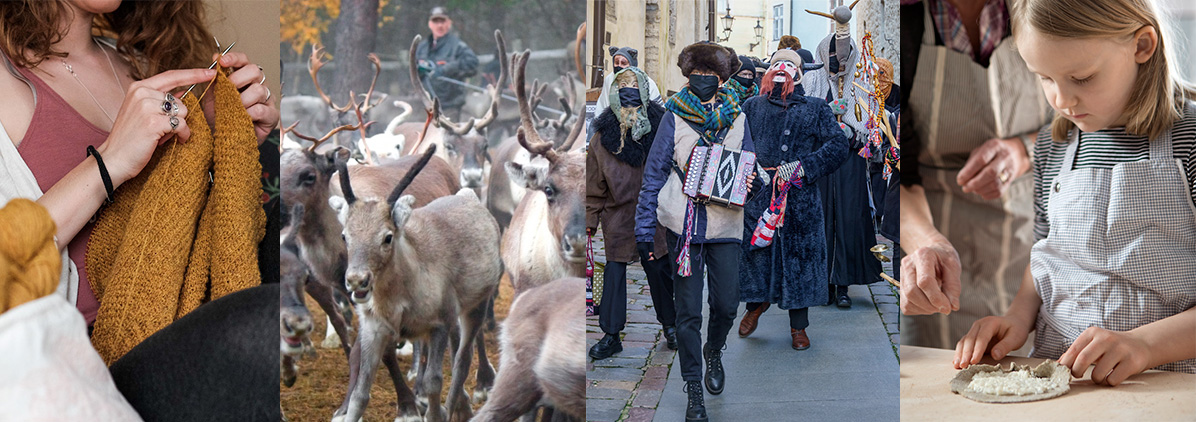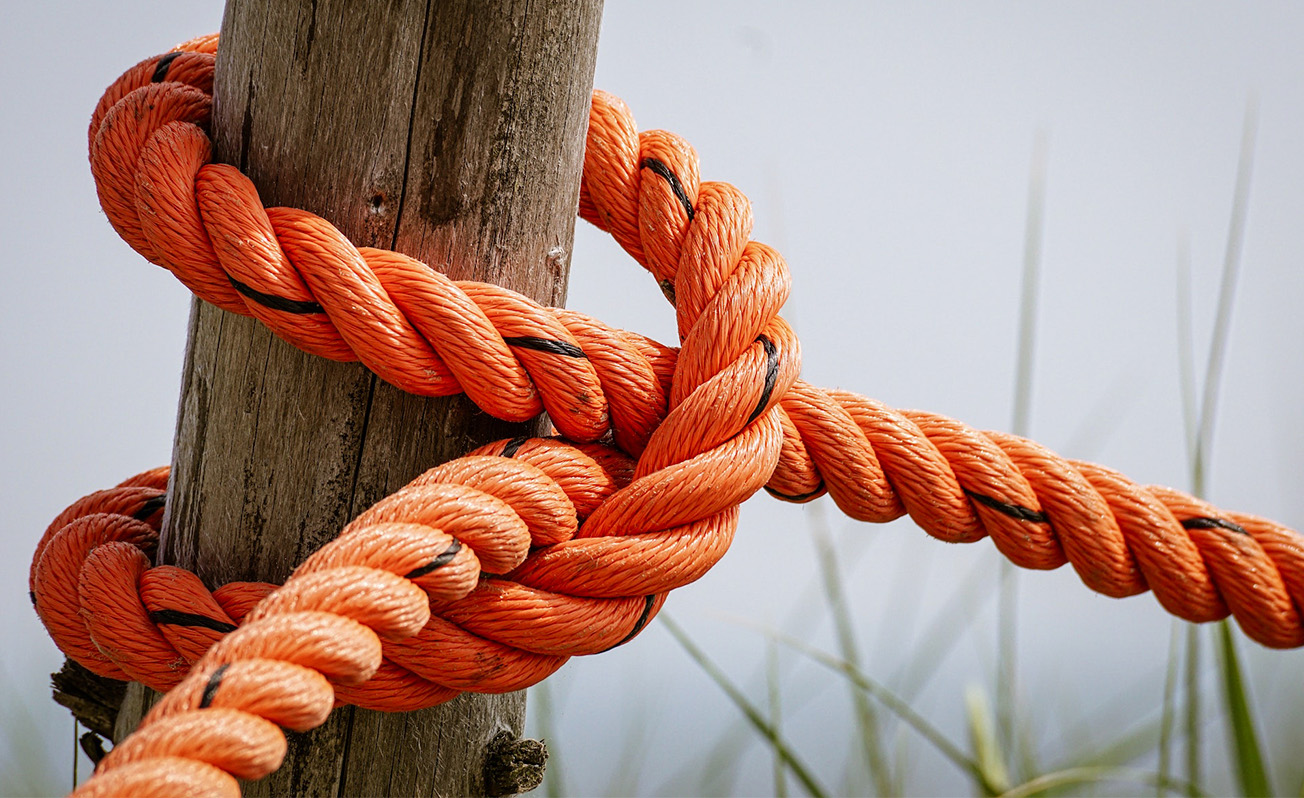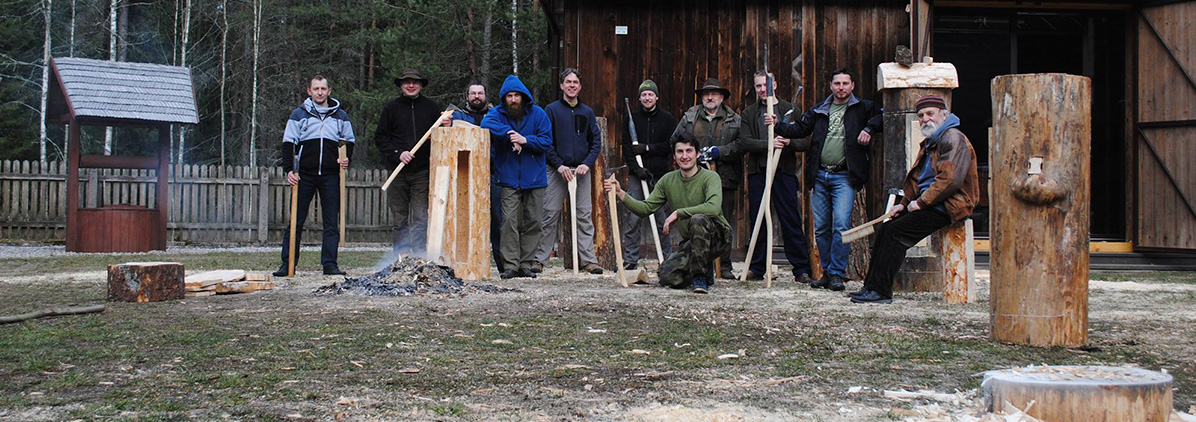Living heritage, or, intangible cultural heritage (ICH) and its connections to sustainable development were at the core of the project LIVIND – Creative and living cultural heritage as a resource for the Northern Dimension region (2021–2024).
Led by the Finnish Heritage Agency, the project focused on recognising practical ways how living heritage can support sustainable development and how living heritage could be developed and used in more sustainable ways.
This website offers a collection of materials created through the project including webinar recordings, tools for workshop use, research results, and, on top of it all, a rich stock of inspiration and experience engendered through the LIVIND Pilot Projects.
What is living, cultural heritage?
Living, cultural heritage is present in and lives on through people's everyday lives. Living heritage includes celebrations and rituals, various craft skills, dance, music, and storytelling as well as traditions related to food or nature and the universe. Living cultural heritage touches us all in our daily routines, in work, at hobbies and in times of festivities.


